Cerberus
Painted stone
Italy, 17th century
80 × 69 × 36 cm
This powerful sculpture depicts Cerberus, the ferocious guardian of the Underworld, seated and alert. The tense musculature, taut skin revealing the ribs, and long, sinewy limbs give the creature a striking physical vitality. Painted black to heighten its menacing aspect, the beast is shown twisting its three heads, growling and baring its fangs in an attitude of fierce vigilance.
In Greek mythology, Cerberus was the three-headed hound of Hades, offspring of Echidna, the half-serpent, half-woman monster, and Typhon, a primordial force of destruction and storm. His role was to prevent the dead from escaping the Underworld and the living from entering it.
Dante placed Cerberus at the entrance to the Third Circle of Hell, where the gluttonous are punished under an eternal storm of hail and snow. He describes the demon’s “red eyes” and “greasy black beard,” a monstrous embodiment of appetite and torment. The poet Virgil subdues him by throwing handfuls of earth into his ravenous mouths—an episode echoing Virgil’s Aeneid, in which Aeneas, aided by the Sibyl, lulls Cerberus to sleep to descend into Hades.
Terrifying even to the dead, Cerberus was subdued only by the greatest heroes: Hercules, through brute strength, and Orpheus, through the harmony of his lyre. In a broader symbolic sense, the creature represents the inner torments of the human soul—an embodiment of evil that can be overcome either by force and courage (Hercules) or by spiritual enlightenment (Orpheus).
Sculptural representations of Cerberus are rare. Ancient examples are mostly limited to Greco-Roman artworks (such as the black-figure Hydria of Caere, now in the Musée du Louvre) or Neoclassical interpretations of the 18th century, notably a version attributed to Augustin Pajou in the Louvre. This 17th-century example, with its dynamic energy and dark patina, revives the antique imagination through the expressive vigor of the Baroque.




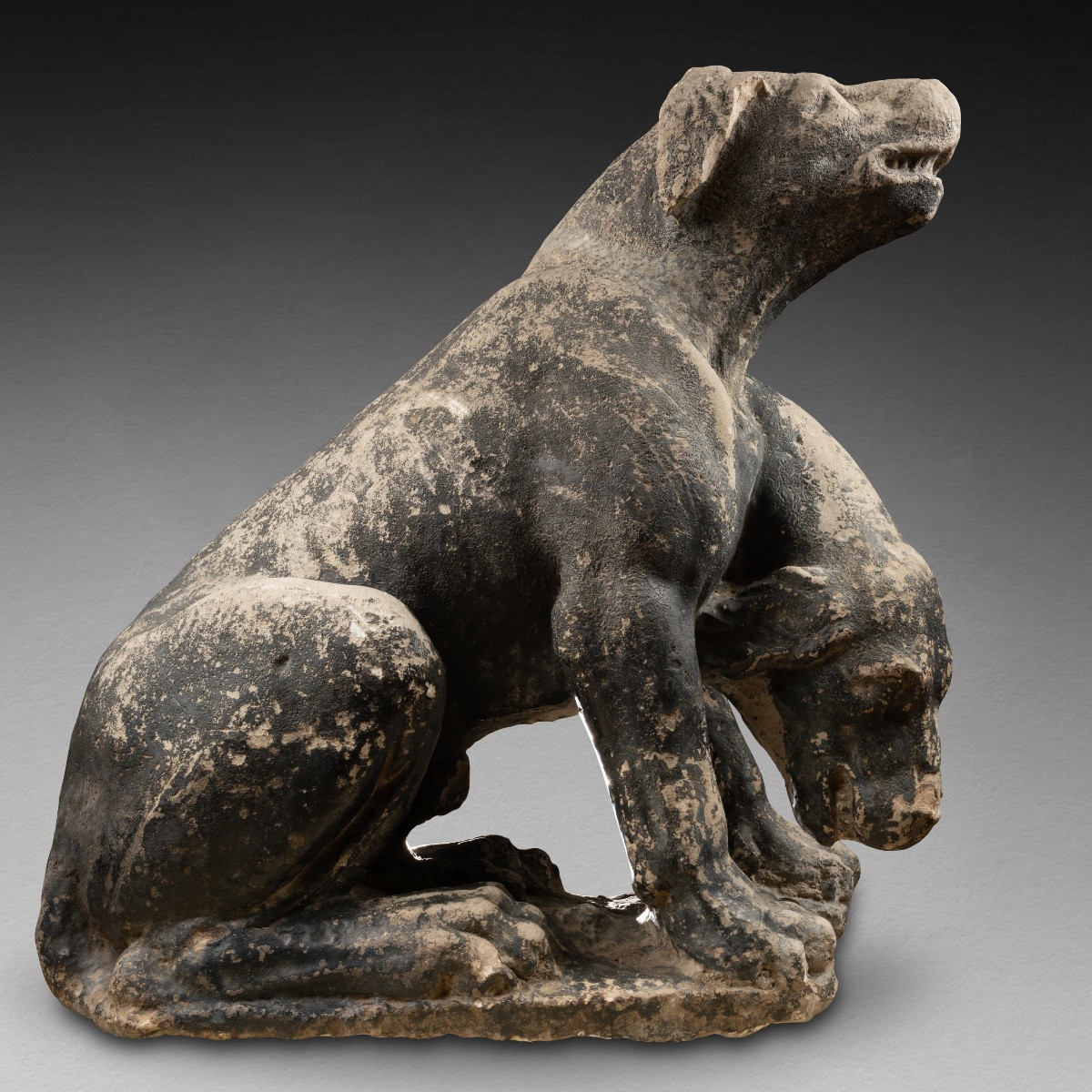







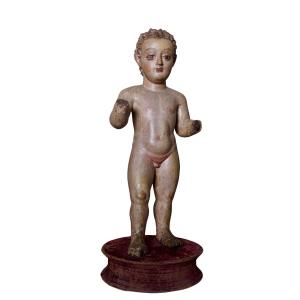

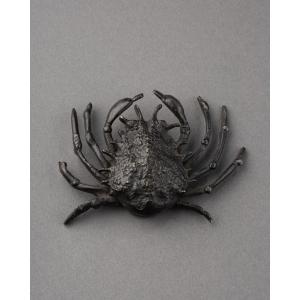
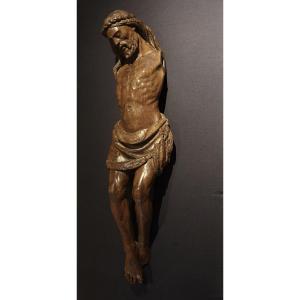

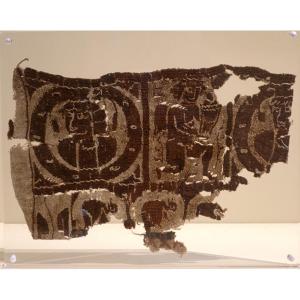



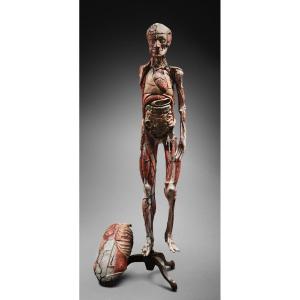

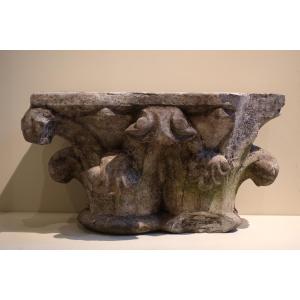



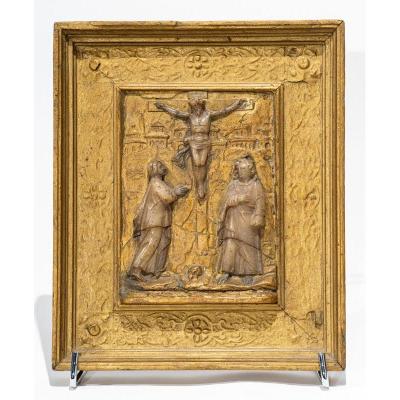

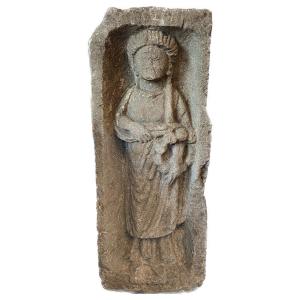



 Le Magazine de PROANTIC
Le Magazine de PROANTIC TRÉSORS Magazine
TRÉSORS Magazine Rivista Artiquariato
Rivista Artiquariato